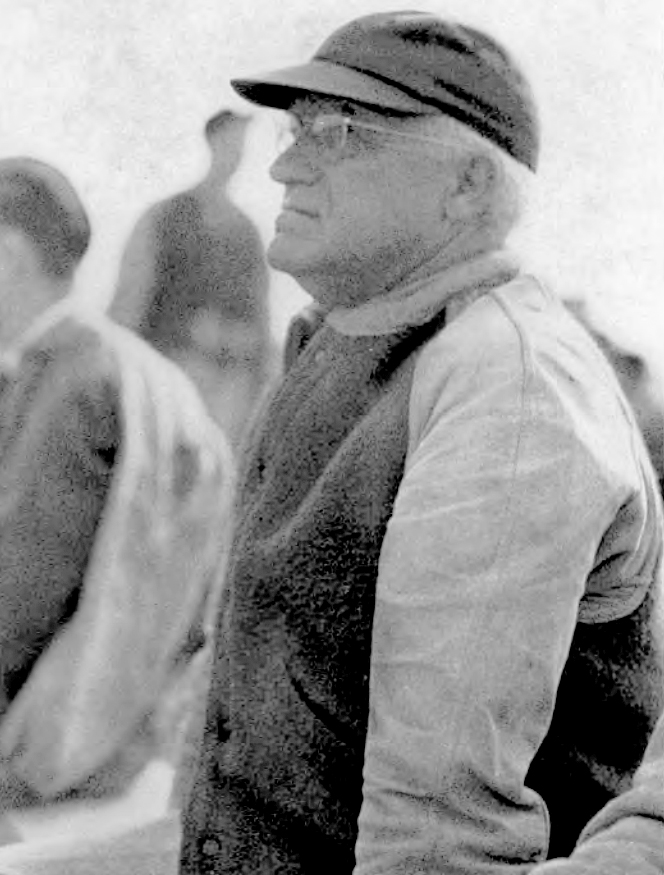The history of Lantz Arena
November 3, 2021
2021 is the 54th year in the Lantz Arena Complex’s history, and will begin its winter sports season with a women’s basketball exhibition Wednesday evening.
The arena holds the basketball and volleyball courts, the Ray Padovan Pool and the indoor fieldhouse. It can seat 5,400 people and has also been used for concerts, including a Kesha concert in 2017 and a Fetty Wap performance in 2018. The arena can also host graduation ceremonies, according to the complex’s page on Eastern’s website. The fieldhouse hosts the Ohio Valley Conference Indoor Track and Field Championships.
Named after Charles Lantz, a former coach and 42-year administrator at Eastern, the first phase was completed in 1966 and the third was completed in 1971. The second phase, which added the fieldhouse and the indoor track it contains, was completed in 1967.
Lantz was the director of athletics from 1911 to 1952 and a coach for football, baseball and basketball from 1911 to 1935.
According to a thesis about Lantz written by Charles Flamini, Lantz was born on December 14, 1884 in Harrisburg, Penn. Twenty years later, he began attending Gettysburg College, where he played football, baseball and basketball, which Flamini referred to as an “oddity,” given he had never played basketball in high school.
Lantz coached the baseball team for 41 years and is responsible for introducing track as a varsity sport at Eastern. After entering the Illinois Intercollegiate Athletic Association in Lantz’s second year as a coach in 1912, he was named vice president of the conference three years in a row. Three years later, he was named president three years in a row.
John Powers, a right halfback and 1930’s leading scorer, is cited in the thesis describing Lantz’s coaching style.
“In reference to Lantz’s football coaching John Powers felt that his discipline was the decisive factor,” it reads. “The discipline was tough but it was dealt out in a constructive manner.”
Maurice Foreman, a captain of the basketball team in 1926, is also cited in Flamini’s thesis describing Lantz’s coaching style in basketball.
“1. He would get extra performance out of you by discussion not emotion. 2. He believed you learned to play by playing not by repeating fundamentals. 3. He believed in doing things as simply as possible,” it reads.
When Lantz arrived at Eastern, he began creating physical education classes where all male students were required to meet for two hours a week, according to the thesis.
“The program simply consisted of ‘personal advice and suggestions regarding habits of life, recreation, study, and exercise best suited to individual development,’” Flamini’s thesis reads.
As intramurals developed at Eastern, Lantz supported them and explained why in a 1933 statement included in the thesis.
“I believe that participation in games develops honesty, loyalty, sacrifice, manliness and concentration,” it reads. “In games a boy is free to pick and choose for himself; he is guided by his own judgement. Here he has an opportunity to show not only his skill but his character as well. Each time he refuses to cheat he has added a cubit to his moral structure. If character traits can be developed by participation in games that alone justifies a place for intramurals in activities.”
According to the thesis, Lantz was most successful as a football coach, going 53-40-8. The basketball teams went 113-134 and baseball was 50-84-2.
Lantz was also the secretary-treasurer of the Charleston Officials Association and the Charleston Rotary Club, according to Flamini’s thesis. He was also the director of the Coles County defense council during World War II.
Lantz died in 1962 and was posthumously inducted into Eastern’s first class of its athletic hall of fame in 1982.
Ryan Meyer can be reached at 581-2812 or rameyer@eiu.edu.


















![[Thumbnail Edition] Senior Foward Macy McGlone, getsw the ball and gets the point during the first half of the game aginst Western Illinois University,, Eastern Illinois University Lost to Western Illinois University Thursday March 6 20205, 78-75 EIU lost making it the end of their season](https://www.dailyeasternnews.com/wp-content/uploads/2025/03/WBB_OVC_03_O-1-e1743361637111-1200x614.jpg)




















































